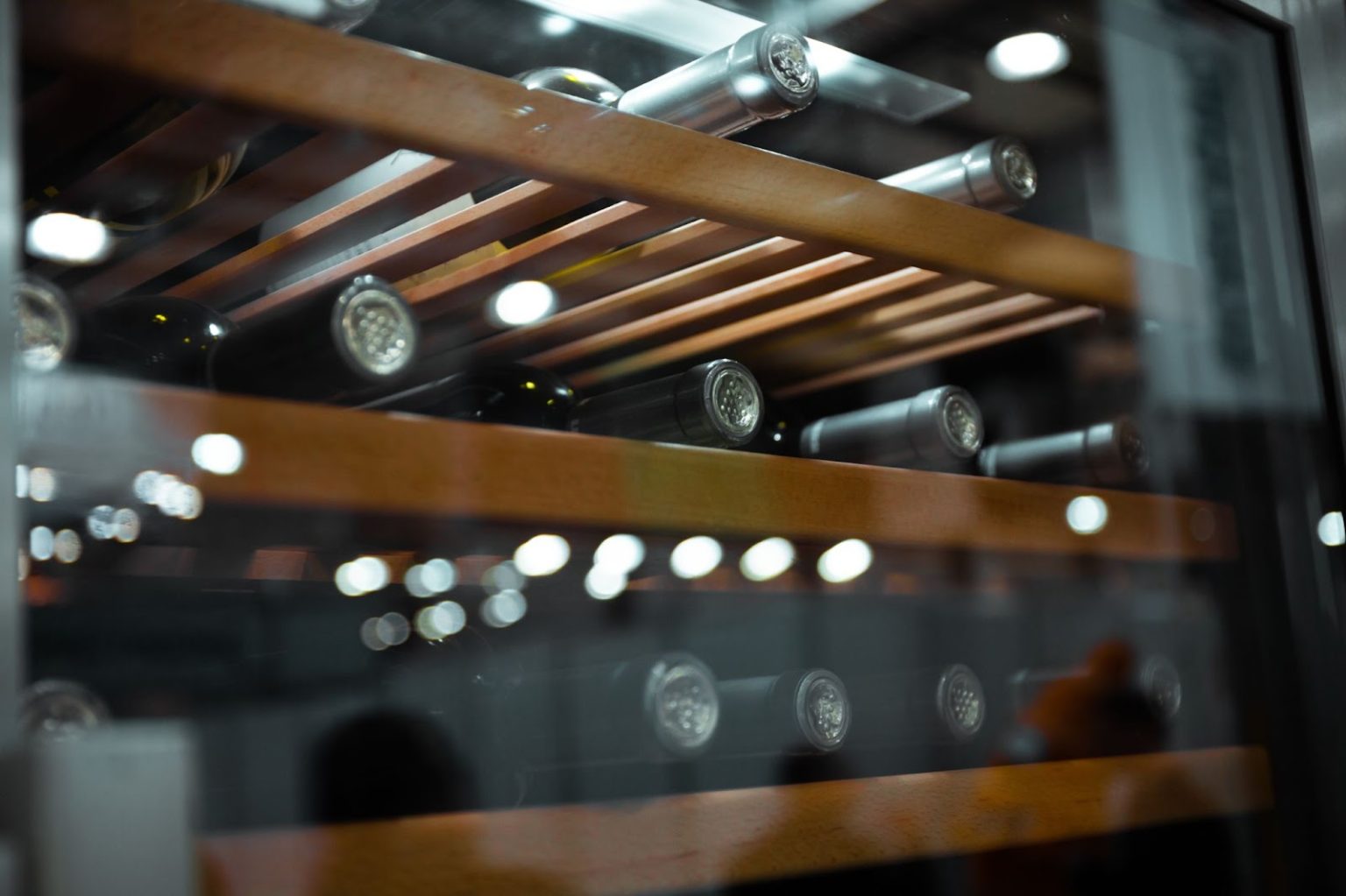Selecting the best wine cabinet is integral to preserving your bottles’ quality and value over the years. Whether developing a private wine portfolio or ageing high-end vintages, your cabinet will directly impact your wine’s ageing process and overall experience. Organization is also essential, besides humidity and temperature regulation. Learn how to plan your setup with this wine cabinet guide.
Understanding Your Storage Needs
Begin by considering the size of your collection and potential for expansion. A small wine cabinet will suffice for starters or limited-space users, but it will quickly become too small. If your collection is set to grow, choose a unit with greater capacity or modular extensibility.
The type of storage is also essential. While some collectors like to age wines over a long time, others like quick access. A multi-temperature zone cabinet will be fine for reds and whites cellared by some, but single-zone units are preferable for long-term ageing.
Prioritize Consistent Temperature and Humidity
Wine requires an environment-controlled space for ageing. The ideal temperature for keeping wine in good storage is 10°C to 15°C (50°F to 59°F). A slight variation from this will accelerate ageing or even ruin the wine. Therefore, choose a cabinet that allows precise, consistent temperature regulation.
Humidity is also equally important. If the air is too dry, corks contract and admit air to the wine, ruining it. If it is too wet, mould forms, and labels decay. The optimum humidity is between 50% and 80%. Select a cabinet with the proper humidity, either naturally or manually adjustable.
Consider Vibration and UV Protection
Vibration can disturb the wine’s sediment and compromise the ageing process. Look for low-vibration compressors or thermoelectric cooling systems within cabinets. These maintain the internal environment of the unit, so wines can age as they should.
UV light can also harm wine, even in dark glass bottles. Use solid doors or UV-treated glass cabinets to keep damaging rays at bay. That is especially relevant for units placed in sunny areas or near windows.
Design and Placement
Your wine cabinetry must complement your interior space’s style, but never compromise functionality. Most units are available in freestanding, built-in, or under-counter designs. Freestanding units provide flexibility for positioning, although a built-in one is ideal for fitted kitchens or wine cellars.
Measure the space with care. Make sure that the unit will fully open up and is well-ventilated. Do not locate it too close to heating devices such as ovens or unventilated corners.
Shelving and Bottle Orientation
Shelving types are essential to both capacity and accessibility. Sliding shelves improve visibility and make access easier, at the cost of a slight decrease in capacity. Fixed shelves maximize storage but can limit flexibility. Some units incorporate adjustable shelves to accommodate larger bottles like champagne or burgundy.
They must also sleep on their sides to keep their corks moist. Most high-quality cabinets are designed this way. Choose shelving that supports each bottle to avoid movement and damage to labels.
Surveillance and security
If your set includes exceptional or valuable bottles, it is advisable to choose a cabinet with lockable doors. Electronic monitoring—with alerts for both humidity and temperature—is another dimension of security. Also, some newer models now incorporate smart connectivity, allowing remote monitoring on mobile apps.
Final Words
Selecting a good wine cabinet is crucial to facilitating use and maintaining the freshness of the wine. You must know your wine collection requirements and how varying conditions impact its quality. Climate control, shelves, and security are essential to guarantee that wine is correctly aged and safely consumed.
Sourced Statistics:



